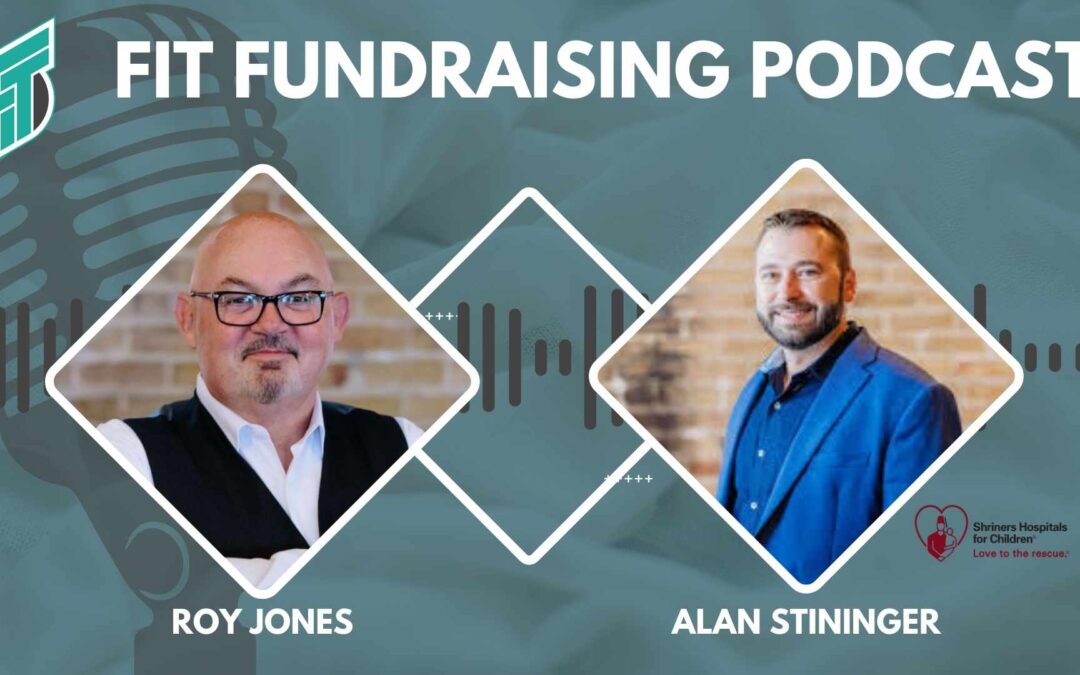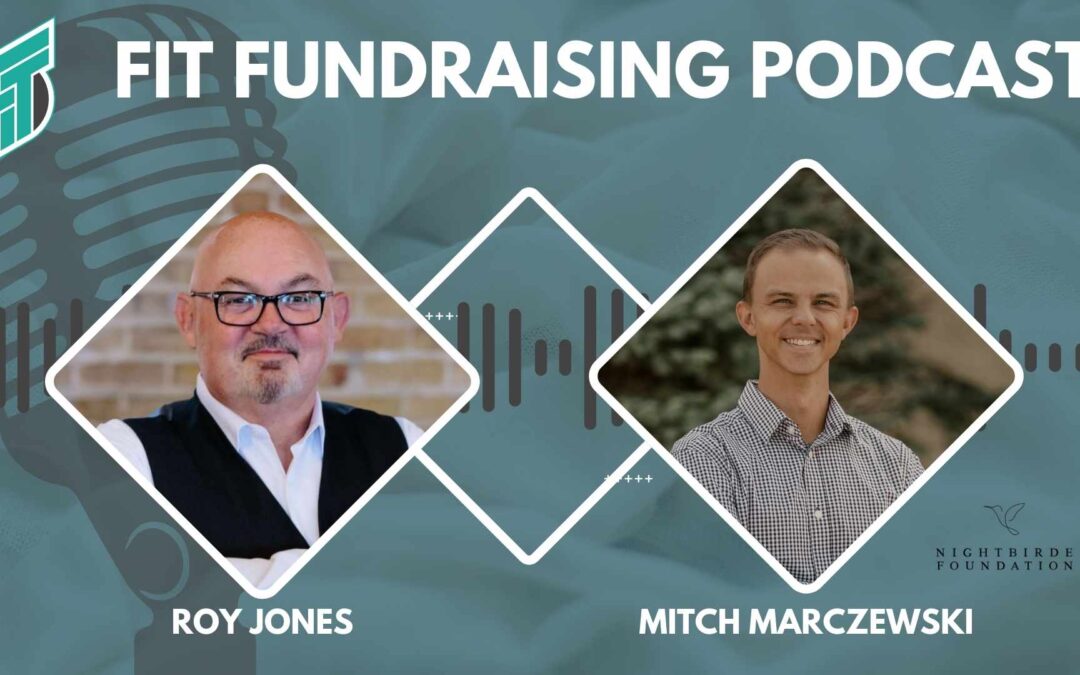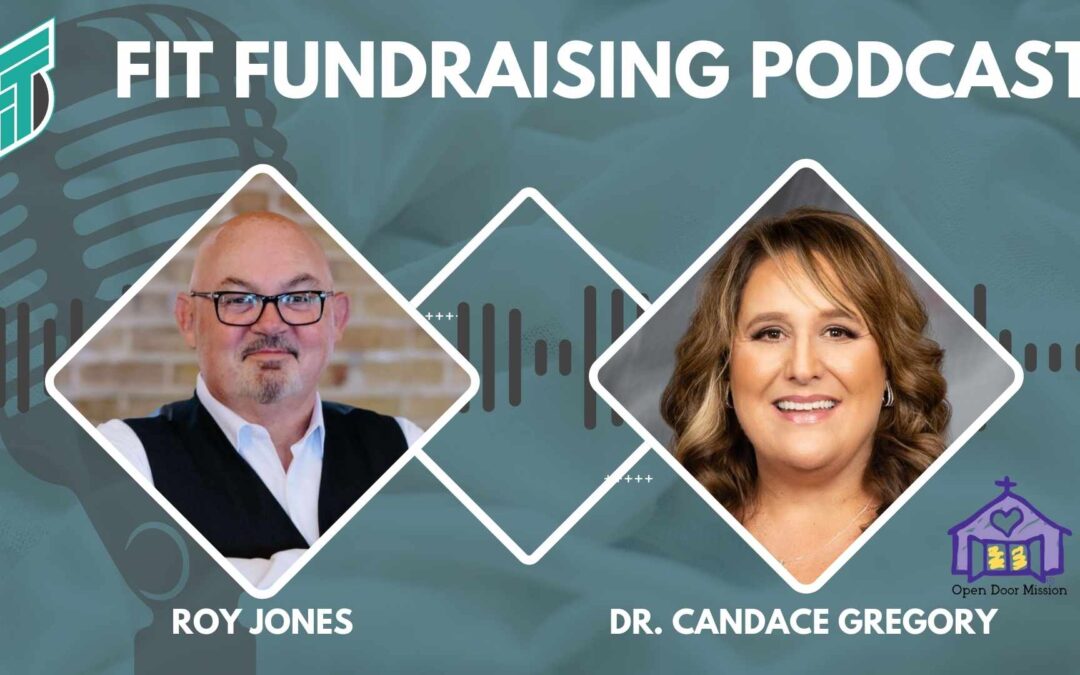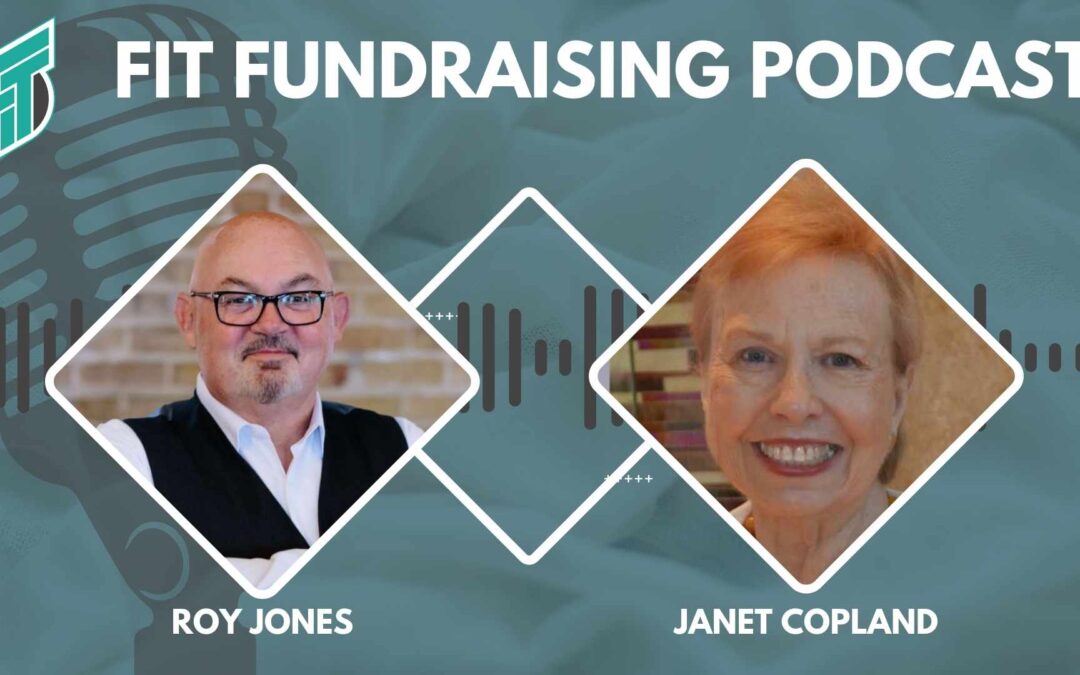Learn the five key strategies to make “the ask” more effective, from knowing your audience to the art of the pledge. Don’t miss out on these invaluable tips to boost your fundraising efforts!


Learn the five key strategies to make “the ask” more effective, from knowing your audience to the art of the pledge. Don’t miss out on these invaluable tips to boost your fundraising efforts!

Shriner’s Children’s has developed a fully integrated fundraising program by creating unique donor journey’s based upon giving level and giving capacity. They call their process omni-channel communications. Today they pull back the curtain to show small to mid-size nonprofits how to use they’re innovative techniques to increase giving through building philanthropic intent.

Shriners Children’s has used a DRTV strategy to build a mega charity to help children with health care. Today they pull back the curtain to show small to mid-size nonprofits how to use regional TV and Radio to acquire new donors. Adding DRTV, radio and radiothons is no longer out of reach for nonprofits. The explosive growth of streaming both TV and radio program has made now acquisition affordable for nonprofits who thought it was out of reach.

Make no mistake about it, 2024 is going to be a tough year for nonprofits. Inflation continues to soar, and the stock market is going to remain flat at best. Donors with capacity will give, but it is going to be very intentional.

The Nightbirde Foundation tells how they launched a nonprofit that has more than one million followers and raised millions of dollars in just 18 months to provide hope and healing to women going through the cancer journey. You will find out how to use email and direct mail to generate support and specifically identify funders with capacity to make 5-figure and 6-figure gifts.

The Nightbirde Foundation tells how they launched a nonprofit that has more than one million followers and raised millions of dollars in just 18 months to provide hope and healing to women going through the cancer journey. You will find out what to do to start your foundation and obstacles you should avoid.

Roy Jones continues his discussion with Dr. Candace Gregory on Capital Campaign Donors. You’ll learn some big secrets to success in working with capital campaign donors: getting the meeting, scripting the conversation, determining the ask amount and making the ask.

Roy Jones talks with Dr. Candace Gregory about how to get a capital campaign started. You’ll learn quick start tips for setting goals, building your gift table and developing a winning script for landing capital campaign leadership gifts.

Roy Jones is back with special guest Janet Copland to dive deeper into the science of getting donor results. This episode will outline the strategy for direct mail campaigns and how to integrate digital media.

Every day your organization goes without an unfilled fulltime fund development position you are losing money.